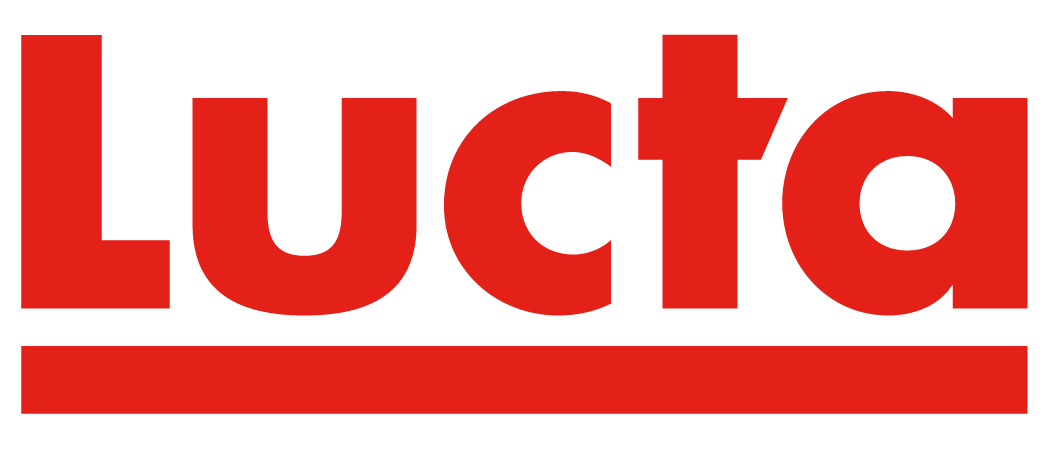Pacific whiteleg shrimp is the topmost aquacultured species produced in the world. However, shrimp feeding behavior results in unnecessary expenditures, as some of the feed offered is not entirely consumed. Nowadays, aquaculture has become more accepting of using animal by-products such as poultry meal as a protein source to replace fishmeal. Unfortunately, such by-products might affect shrimp acceptance of the offered feed. The present work evaluates the use of a chemosensory feed effector with attractive properties on the feeding behavior, growth performance, and salinity stress tolerance in juvenile Litopenaeus vannamei. Nine diets were formulated to contain either poultry meal (6%), or fishmeal (6% or 12%) as animal protein source, with feed effector supplemented at 0, 0.1, and 0.2%. The various diets were offered to naïve and non-naïve shrimp to evaluate feed consumption. Concurrently, shrimp feeding behavior was monitored using passive acoustic monitoring. Afterwards, a 42-days growth trial was performed followed by a salinity stress trial were performed to evaluate the effect of the feed effector in shrimp diets on animal growth, survival, and stress tolerance. Results of the present study indicate significant positive relationships between the number of clicks and feed consumed after 30 min (p< 0.001, r = 0.46 to 0.69). Additionally, shrimp offered the poultry meal-based diets produced significantly more “clicks” when the diets were supplemented with the feed effector, compared with the rest of the diets. However, the shrimp consumed poultry meal-based diets similarly to the fishmeal-based diets, only when supplemented with the feed effector. Interestingly, no significant differences were observed in terms of final biomass, final average individual weight, weight gain, FCR, or survival. However, salinity stress trial results indicate significantly better survival when offered diets supplemented with the feed effector, regardless of the level of inclusion. Results of the present work suggest that supplementing the feed effector to shrimp diets improves palatability and shrimp acceptance of diets formulated with poultry meal as sole animal protein source, as well as improves shrimp tolerance to salinity fluctuations. In an era of limited resources, supplementation of poultry meal-based shrimp diets with feed effector improves overall profitability by obtaining good shrimp growth with less expensive diets, and despite of stressors.

Autores: Magida Tabbara, Leila Strebel, Silvio Peixoto, Roberta Soares, Sofia Morais, D. Allen Davis
Libro/Revista: Aquaculture 582 (2024) 740499
